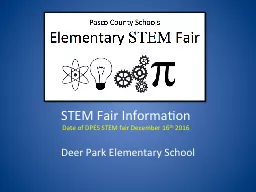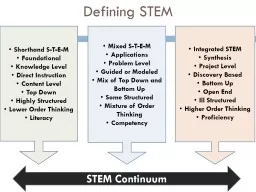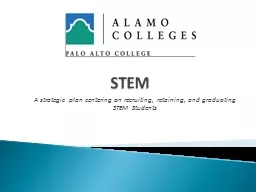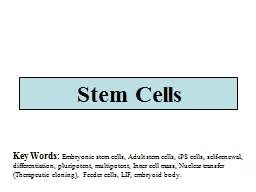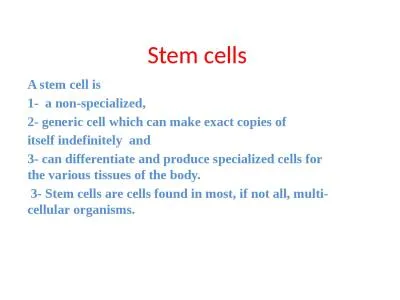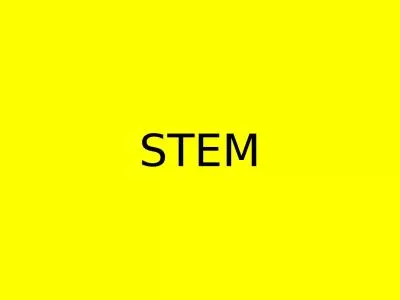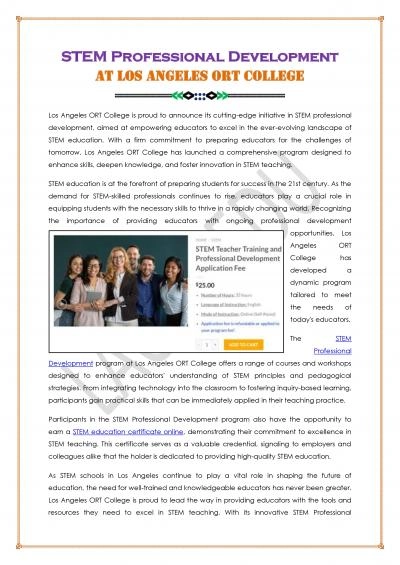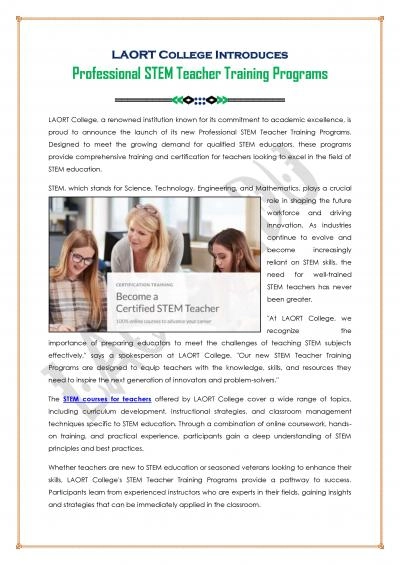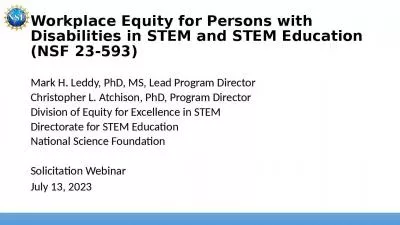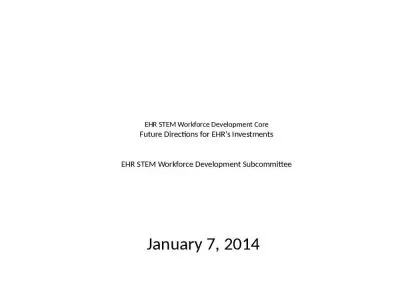PPT-STEM Fair Information
Author : faustina-dinatale | Published Date : 2017-10-23
Date of DPES STEM fair December 16 th 2016 Deer Park Elementary School What is STEM Science Technology Engineering Mathematics Why a STEM Fair Providing students
Presentation Embed Code
Download Presentation
Download Presentation The PPT/PDF document "STEM Fair Information" is the property of its rightful owner. Permission is granted to download and print the materials on this website for personal, non-commercial use only, and to display it on your personal computer provided you do not modify the materials and that you retain all copyright notices contained in the materials. By downloading content from our website, you accept the terms of this agreement.
STEM Fair Information: Transcript
Download Rules Of Document
"STEM Fair Information"The content belongs to its owner. You may download and print it for personal use, without modification, and keep all copyright notices. By downloading, you agree to these terms.
Related Documents

